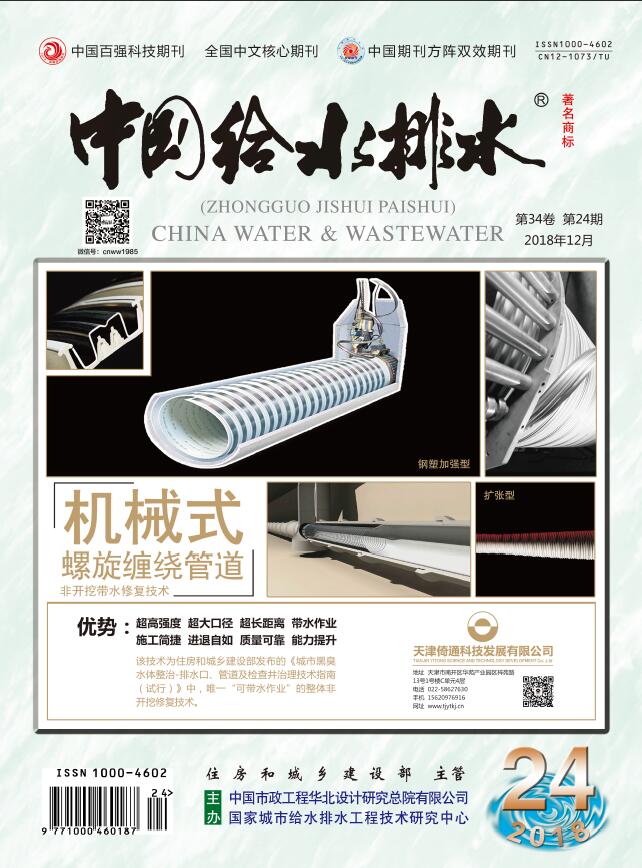YANGChun,XIEJing,CHENGYu,et al.Impact of Rolling on AAO Process for Treating Shipboard Domestic Sewage[J].China Water & Wastewater,2025,41(9):32-39.
Impact of Rolling on AAO Process for Treating Shipboard Domestic Sewage
China Water & Wastewater[ISSN:1000-4062/CN:12-1073/TU]
volume:
第41卷
Number:
第9期
Page:
32-39
Column:
Date of publication:
2025-05-01
- Keywords:
- shipboard domestic sewage; AAO process; ship rolling intensity; pollutant removal; microbial community
- Abstract:
- Shipboard domestic sewage, as a mobile pollution source, is a concern in the prevention and control of pollution in rivers, lakes, and oceans. To investigate the microbial characteristics and operational performance of the activated sludge system in shipboard sewage treatment units at the specific conditions of ship movement, a three-degree of freedom oscillation platform was used to simulate ship rolling. A pilot-scale AAO process device was employed to analyze the effects of rolling amplitude and period on the microbial characteristics of activated sludge and pollutant removal efficiency. It was found that mild rolling (amplitude≤15°, period≥12 s) enhanced the COD removal, whereas higher intensified rolling (amplitude≥15°, period≤12 s) hampered the process. Shorter rolling periods and greater amplitudes was able to increase ammonia nitrogen removal rates, whilst inhibited denitrification, leading to the reduction of TN removal efficiency. The effect of rolling amplitude on COD and TN removal was higher than the period, and the interaction was not significant. Except for the condition with an amplitude of 22.5° and a period of 12 s, the total phosphorus (TP) removal efficiency was improved by increasing the content of extracellular polymeric substances (EPS) at the rest of experimental rolling conditions. The high-throughput 16S rRNA sequencing analysis of the microbial community indicated that mild rolling (amplitude≤5°, period≤12 s) increased the microbial richness, but decreased the diversity.
Last Update:
2025-05-01

